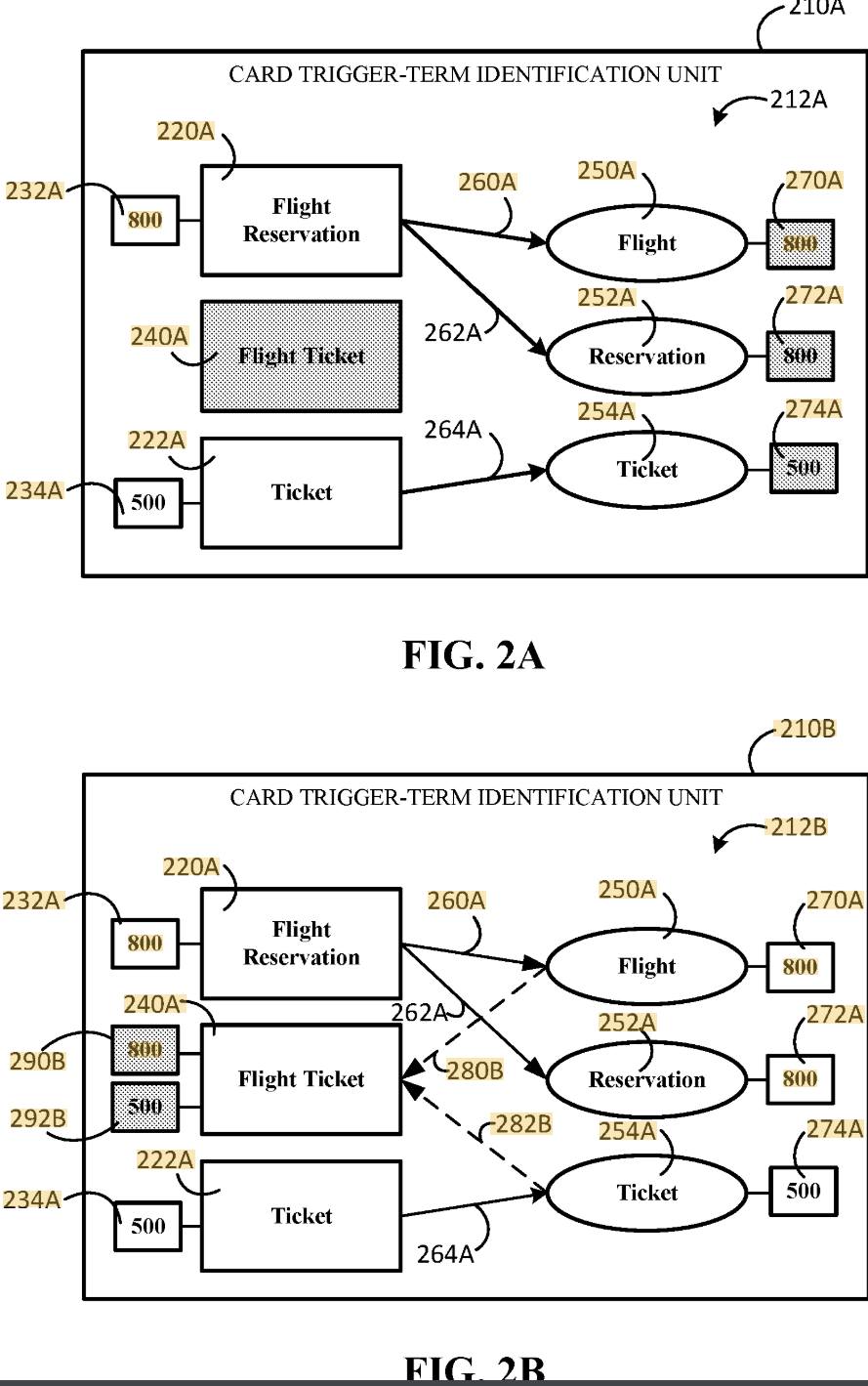🧠 Information Cards and Visual Semantics 🧠

Semantics are not just about blog content or informational articles. When we create a content brief, we build a harmony between Pixels, Letters, and Bytes, turning everything into a structured data format to communicate directly with search algorithms.
The design example below comes from Michael Bendersky, an inventor who is just as important as Dr. Najork from Google. It demonstrates how Google can form a structured understanding of the web by identifying different “card types” on pages — such as:
- ✈️ Flight cards
- 🧭 Tour cards
- 🛳️ Cruise cards
- 🚂 Train cards
- 🎰 Casino affiliate cards
- 🛒 Product cards
- …and many more.
Each component has its own unique annotation pattern. When Google parses labels, HTML elements, and tokens by recognizing visual semantics, it extracts both the action and the information from these components.
Actions like “book”, “reserve”, or “compare” can help you rank higher. But weaker actions like “click and go” may cause you to lose rankings — especially when misaligned with the query-theme.
This distinction was one of the core issues during the Helpful Content Update.
- ❌ Sites without real functions or business intent were hit the hardest.
- ✅ Sites with perspectives (like “read,” “learn,” “compare”) stayed strong.
- ✅ Sites with clear actions (like “buy,” “book,” “order”) preserved or improved rankings.
📌 Key Patent Excerpts
“In some implementations, a card trigger-term identification unit is provided that can identify additional trigger-terms for a structured information card.”
“The card trigger-term identification unit allows the grammar of one or more structured information cards to be tuned, over time…”
“The structured information card provides the advantage of displaying relevant information… without requiring the user to read the data associated with each reference.”
